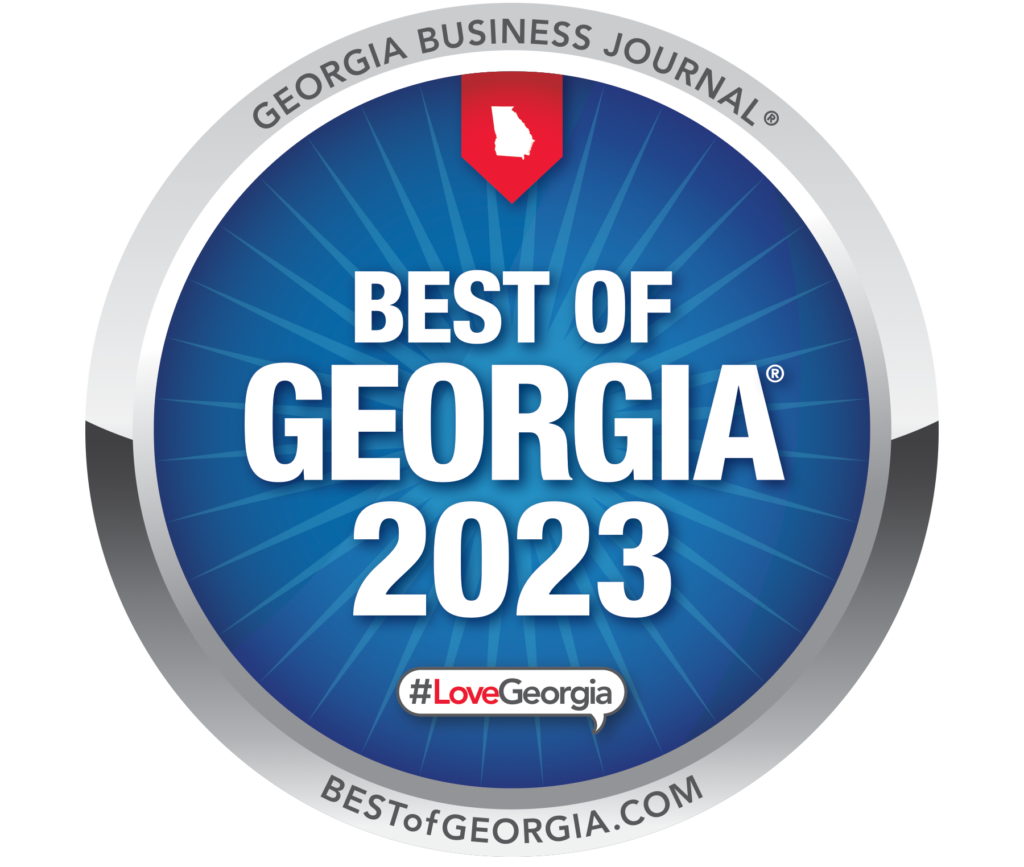Last fall, we documented how certain world-class art museums asserted their rights over images in their artworks collections by pornography companies in an effort to generate new audiences in classical artworks using online platforms. Never the less, images removed, the question surfaces, how much control exactly do museums have over their collections? These artworks, which have arguably been in the public domain for years, still have what is called “moral rights,” which are considered personal to an author. This usually translates to rights of attribution (the right to receive credit for one’s works) and the right to integrity (the right for one’s work to be in substantially the same condition and not destroyed, for example) and other rights that extend to the person. Because moral rights are inalienable in some places, this leads to a patchwork where moral rights are treated differently under various jurisdictions including in the United States, where a limited version of moral rights are codified under section 106(a) of title 17.
Despite this use of the images being a popular idea (the teaser trailer received thousands of views in a matters of days), and declining revenue in overall admissions as a result of the pandemic, museums still had the videos removed, failing to negotiate (or declining to negotiate) licensing fees for the images. Last fall, the Guardian went into depth on various tactics being employed by museums in an effort to beef up declined revenue citing that merchandising museum “masterpieces” is not new, when referencing the name of Pablo Picasso with a car manufacturer in 1998. Recently, Russia’s Hermitage museum minted and sold a single edition NFT of a work by Michaelangelo and held a virtual exhibit to raise funds. We liked this article about how museums might thoughtfully apply the NFT technology to future fundraising efforts, including a discussion on avoiding digital deaccession.




